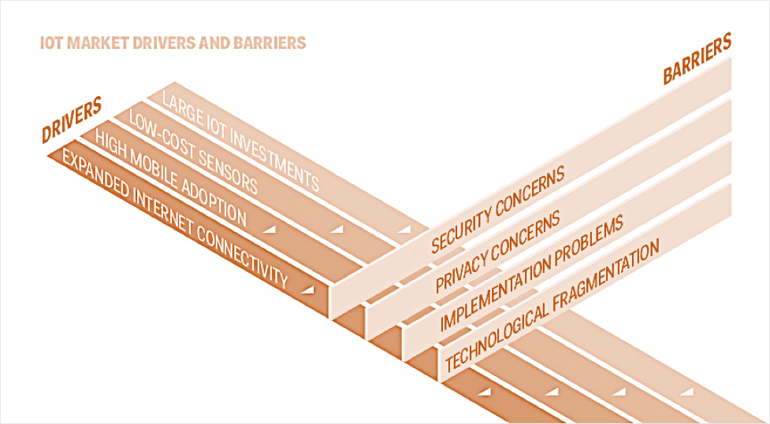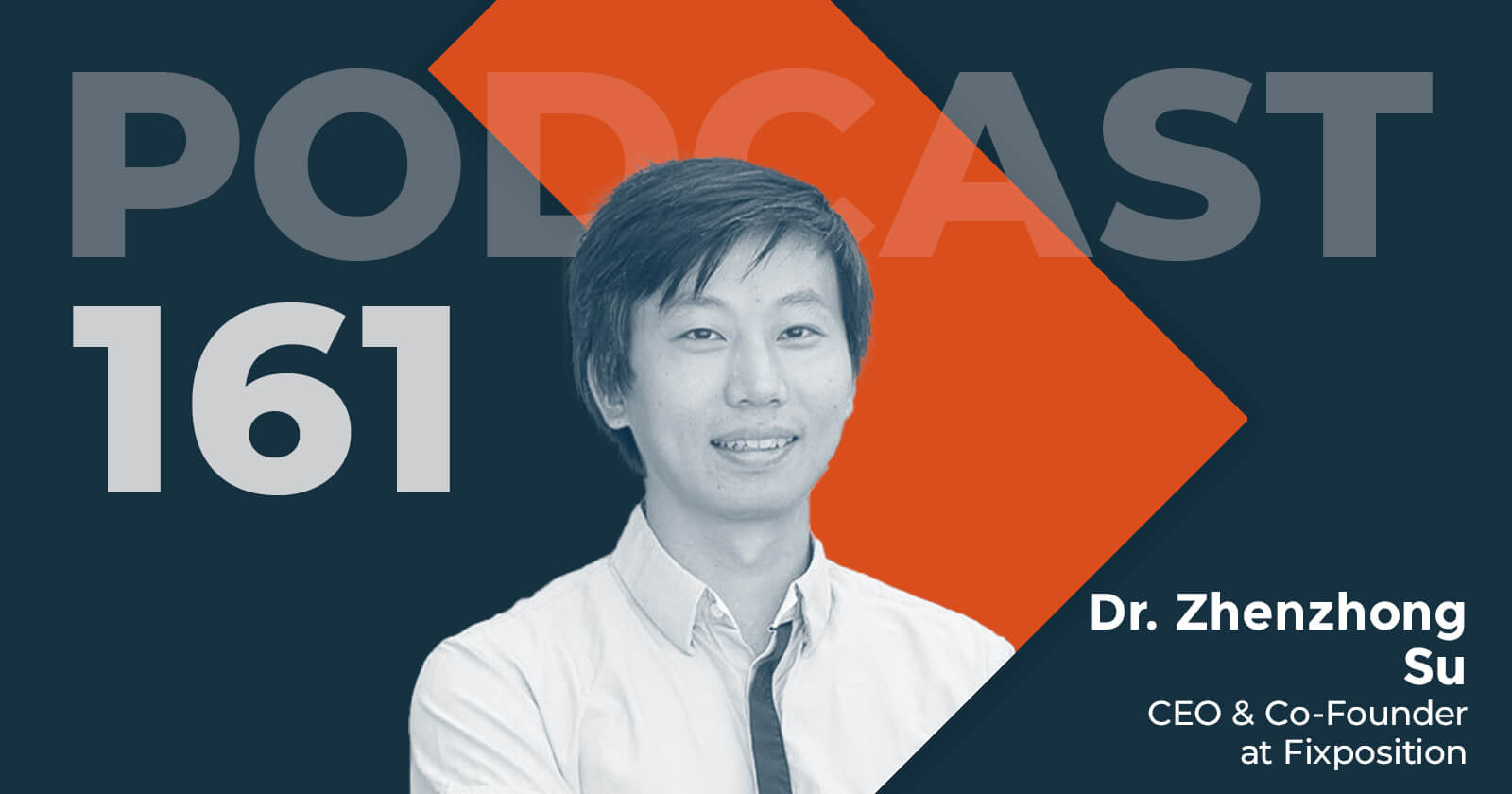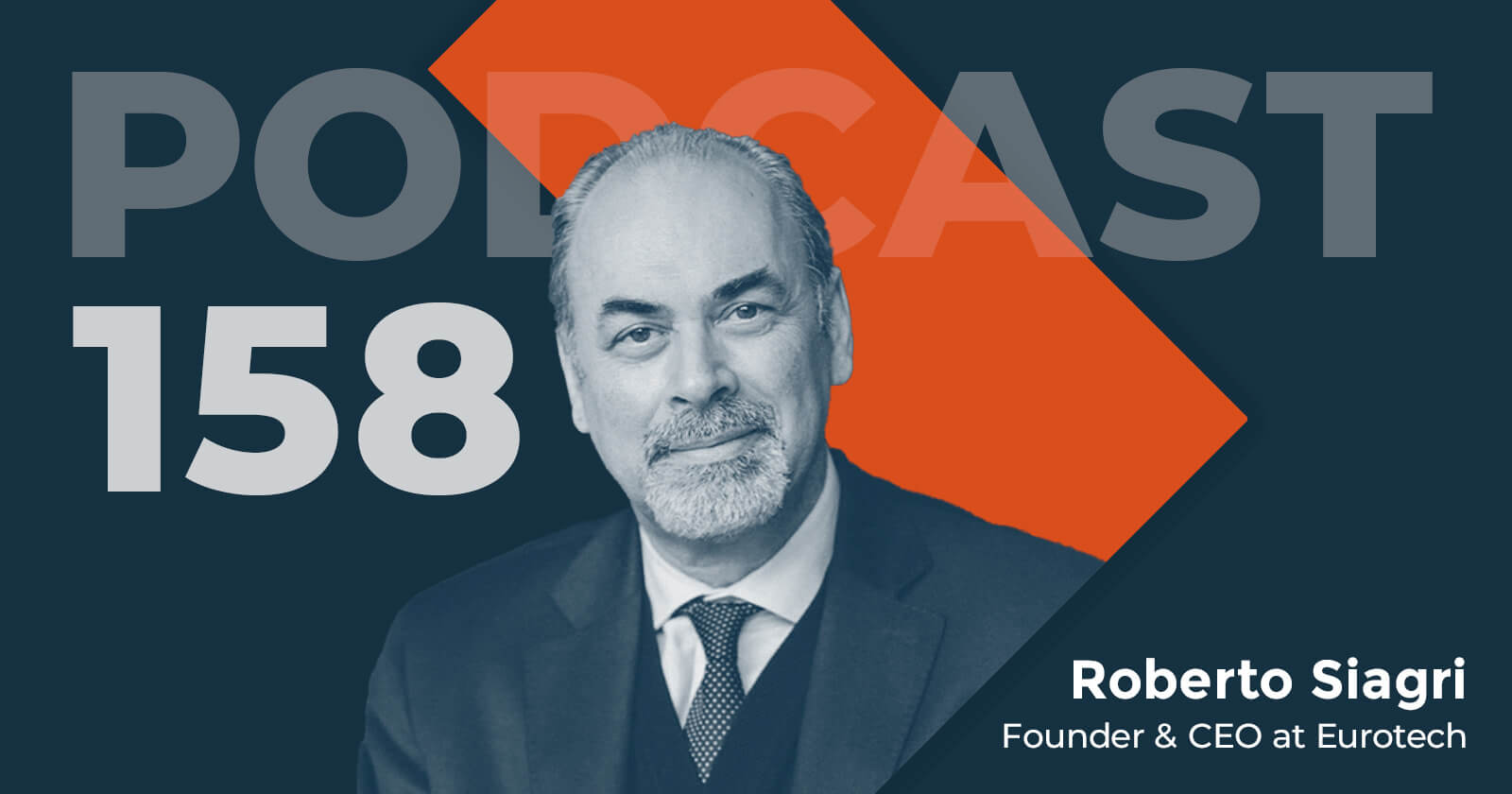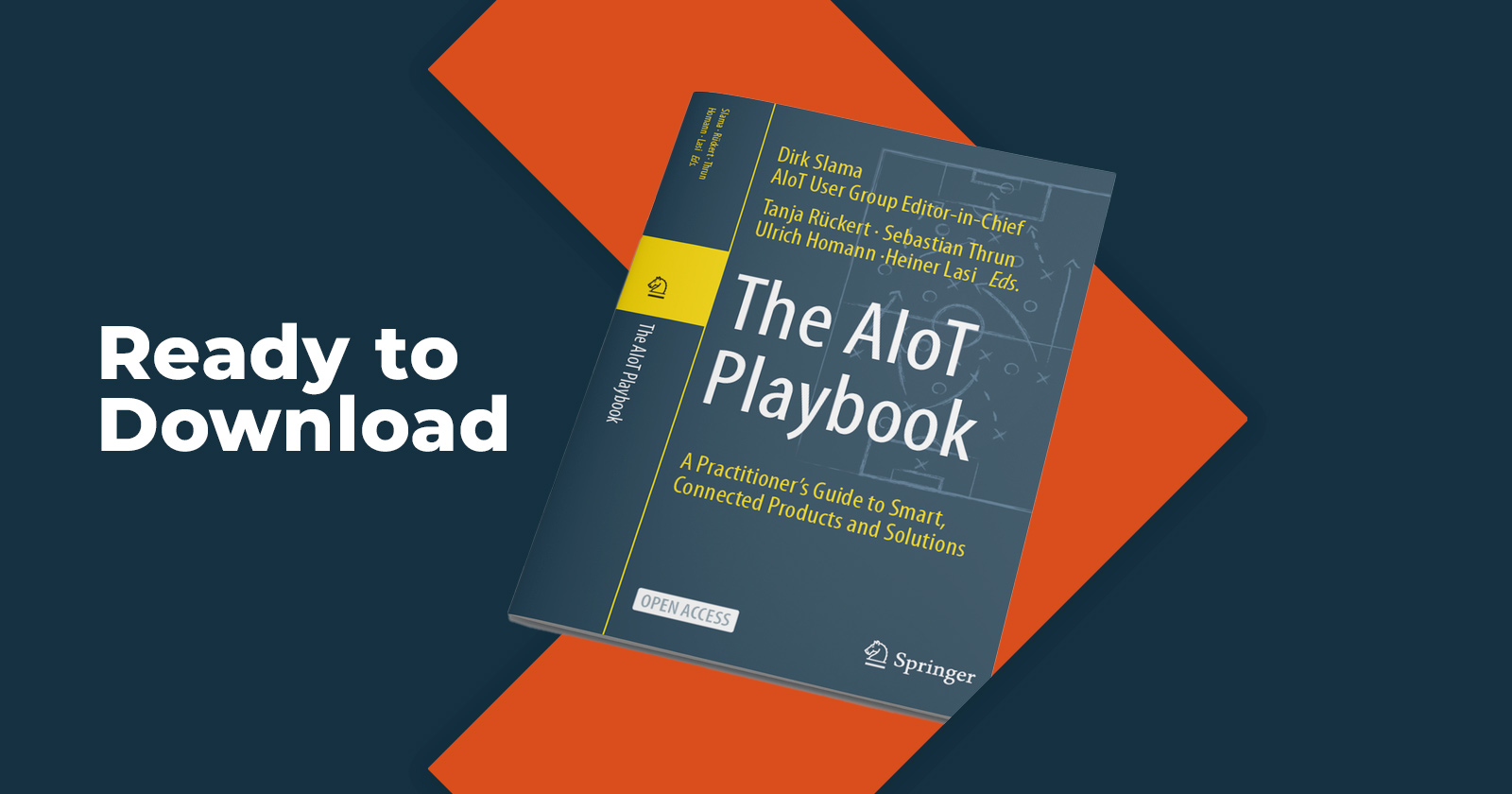Insight Vector: Digitize or Die
Ed Maguire

Innovation and market perspectives from leading IoT thought leaders
Nicolas Windpassinger spoke to Momenta about his new book Digitize or Die, which provides a roadmap and detailed methodology to help business and technology leaders navigate the digital transformation of their organizations to take full advantage of the promise of IoT. The book looks at the complex challenges that face business trying to transform themselves and breaks down the decisions and choices. All revenues will be donated to Alzheimer’s Association (www.alz.org), which provides care and support for all those affected by Alzheimer’s and other dementias and Fondation de France (www.fondationdefrance.org), which supports projects in complex fields, such as education, research and social integration.
|
|
Nicolas Windpassinger |
With 15+ years of computer networking industry experience, Nicolas Windpassinger is the Global Vice President of Schneider Electric’s EcoXpert™ Partner Program, whose mission is to connect the technologies and expertise of the world’s leading technology providers, pioneer the future of intelligent buildings and the Internet of Things, and deliver smarter, integrated and more efficient services and solutions to customers.
As a result of his work, Schneider Electric’s EcoXpert™ Partner Program has been granted a 5-Star rating in the 2017 Partner Program Guide by CRN® of The Channel Company group. The 5-Star Partner Program Guide rating recognizes an elite subset of companies that offer solution providers the best partnering elements in their channel programs.
Nicolas has been recognized by The Channel Company’s Top Midmarket IT Executives list. This annual list honors influential vendor and solution provider executives who have demonstrated an exceptionally strong commitment to the midmarket.
Q&A
Can you share a bit of your background and what led you to write the book?
My background is in IT, sales and systems integration, and I understand both technology and the business side. I saw that it was a nightmare to understand what’s going on around IoT - there are so many acronyms and technology trends, companies are trying to rebrand themselves. The book is meant to help people navigate the landscape.
Most books I saw were very technical. I wanted to help the CTO of a manufacturer that needs to digitalize the company, who doesn’t know where to start. How do you digitize a portfolio from analog to digital in a technical and business approach to embrace the IoT landscape? I couldn’t find it - so I wrote the book.
What were experiences that led you to develop the methodologies you share in the book?
It’s very difficult to make things simple – you need to understand how IoT is different. You have sensors, gateways, standards, business models etc. From an IT structure you have technology layers – within these layers there are different topologies depending on the goal - this can include platforms, solutions, and whole verticals. There is also the choice of business model and the customer experience. Customer experience is the starting point and the end point. I tried to make this simple and logical to try to simplify the complexity and details.
Were there any great examples?
I looked at Nokia, Kodak, and other companies that provide cautionary examples. Michelin is a great example of transformation from selling tires to selling kilometers. They started their transformation in 2001, and now they have over 500,000 vehicles completely connected. They sell they tires, connect the customer and provide a complete experience. This a process that’s taken 15 years but which accelerated a lot in the last 2 years because we can connect networks and sensors are much cheaper. If they started today it would go much faster.
What are some of the market misconceptions that you are seeing?
One is a common belief that the first mover in a digitizing market takes it all. The facts show a different reality; timing is indeed the number one success factor, but pioneers, on average, lose their leadership in less than 12 years leapfrogged by later entrants. The first entrant to the market pays a high price in R&D and marketing, helping latecomers benefit from this by improving the business model, technologies and so forth. Another belief is that start-ups are better positioned to beat well-established “analog” companies. Analog companies have advantages to defend themselves and even lead the digital transformation, especially if they leverage their resources well. With the advantages of time and assets, it’s not too late for incumbents to adapt; in fact they have what they need to lead and beat competition by adapting to the new rules of the game.
How do you view the impact of IoT ?
IoT changes the rules of the game. The disruptive business models adopted by Airbnb and Uber illustrate how severe the impact a digitization approach can have on well established markets. Manufacturers need to be nimble and ready to pivot hard as this technological evolution progresses. Changes happen quickly in technology and the marketplace.
What have you learned from studying the market?
Incumbents need to transform themselves into digital enterprises if they want to survive. Getting digital is not about investing in the latest technologies- it is about setting up a strategy with the proper timing and dedicating the proper digital capabilities - people, business plans, operations, etc - to execute on this same strategy. When studying companies that have tackled change and market disruption in the last decade, data shows that there are in fact four possible strategies available.
- Option #1 - Ignore
- Option #2 - Milk the cow
- Option #3 - U-turn the mothership
- Option #4 - Transforming from the edge
The best option is #4, which is to maintain your existing markets and channels – keep the mothership afloat – while investing money into creating a new opportunity at the edge of your core offer. You could liken this to an organ transplant – keep the body alive while you change out the other parts for newer and more modern parts.

What IoT books have you read and did you like yourself?
I would highly recommend the following books for different reasons: The World Economic White Paper, Digital transformation of industries. 2016 for its vision and clarity on possible strategies, Edge Strategy: A new mindset for profitable growth for its methodology that makes the link between a strategy and the execution of it and Adam Grant’s Originals: How Non-conformists Change the World which highlights the role of individuals in transformation and digitization of a business and the importance of execution.
To learn more about how IoT can unlock value within your industry, contact us at Momenta.




